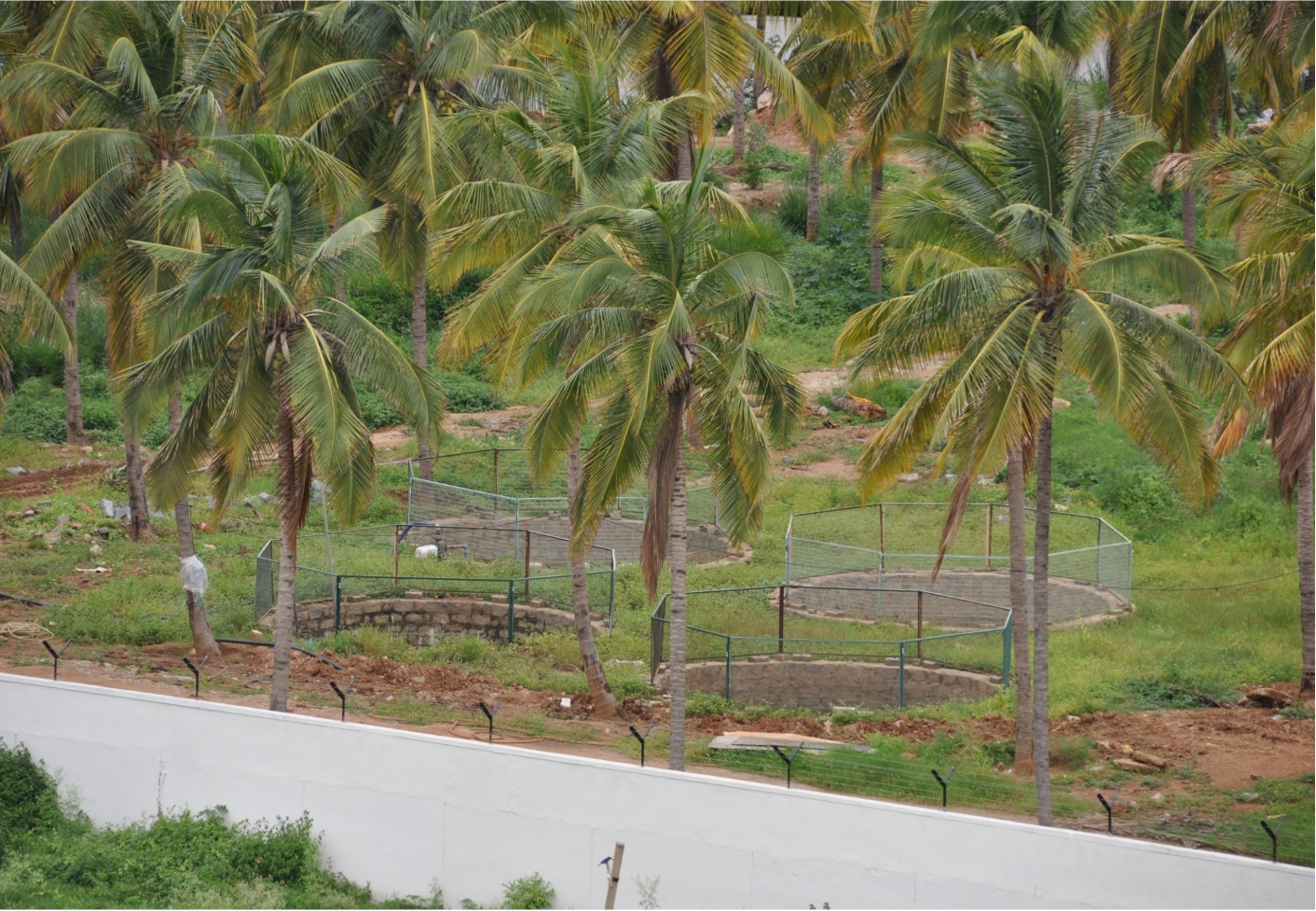
Himalaya is working towards conserving water through rainwater harvesting. Our water wells are recharged using rainwater, which helps increase the groundwater level. Our water conservation efforts, which began in the year 2000, have positively affected the entire ecosystem to the extent that we do not have to worry about water scarcity in summers.
At our Makali campus in Bengaluru, India, rainwater flows through trenches into 15 recharge pits and eight water wells, saving us both water and electricity. We use two borewells to meet the daily requirement of 250,000 liters of wastewater for gardening and washing utensils, and 319,000 liters of fresh water daily. In addition, by harvesting rainwater that percolates down to our groundwater source, we have reduced the level of the Total Dissolved Solids (TDS) present.
High TDS makes water unfit for human consumption and damages crops. Over the past 15 years, the TDS level has reduced from 5,000 ppm to 1,300 ppm, making the water suitable for gardening.
One inch of rainfall over one acre of land equals 100 tons of water. For this reason, we have designed our drains to retain all roof and surface runoff water. These drains empty into eight wells that can hold rainwater generated during moderate and heavy rainfalls.

